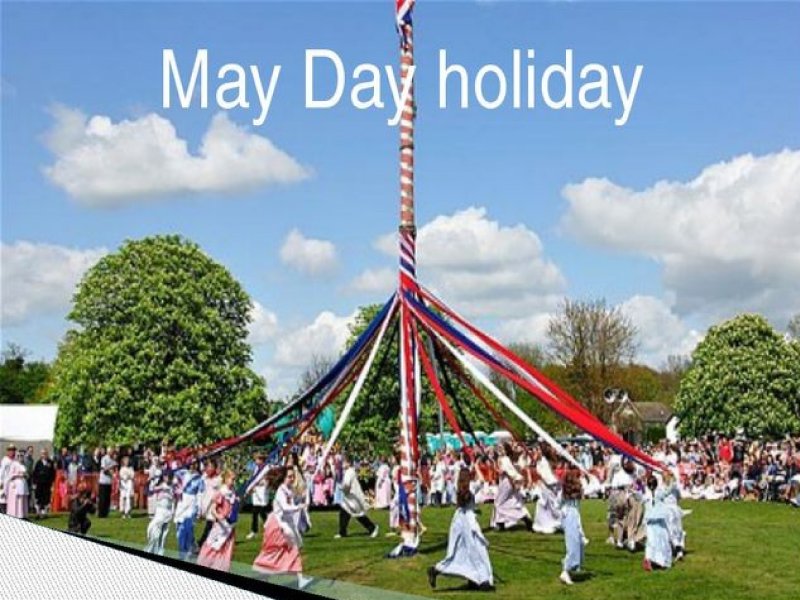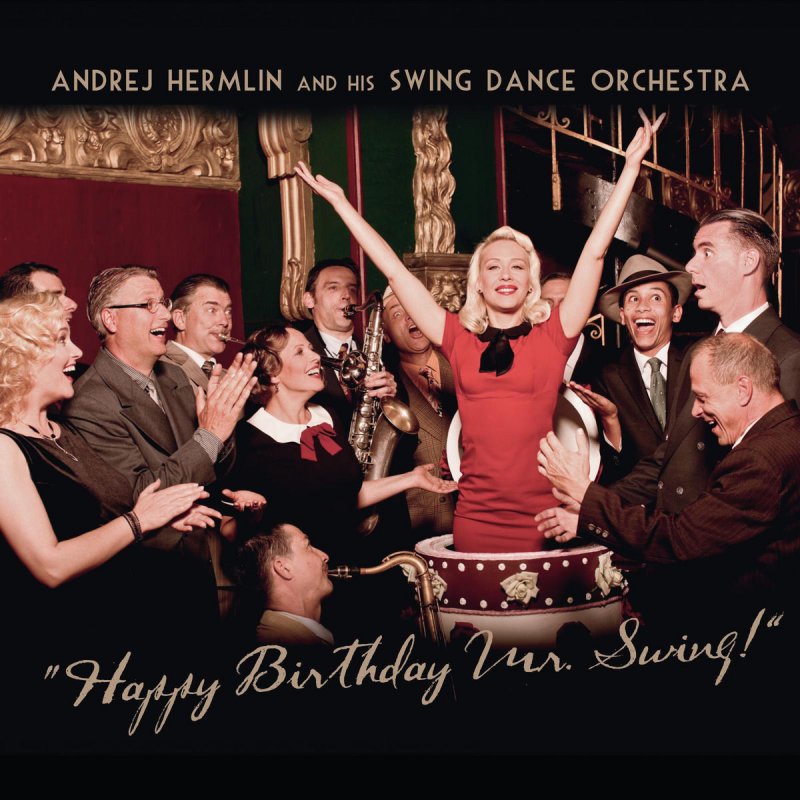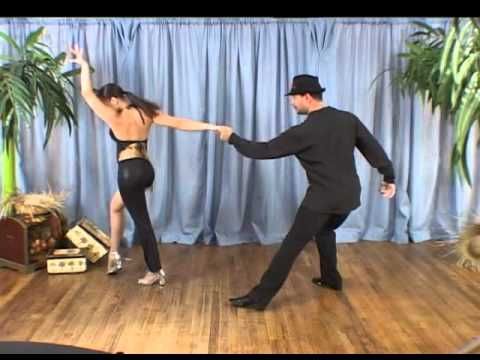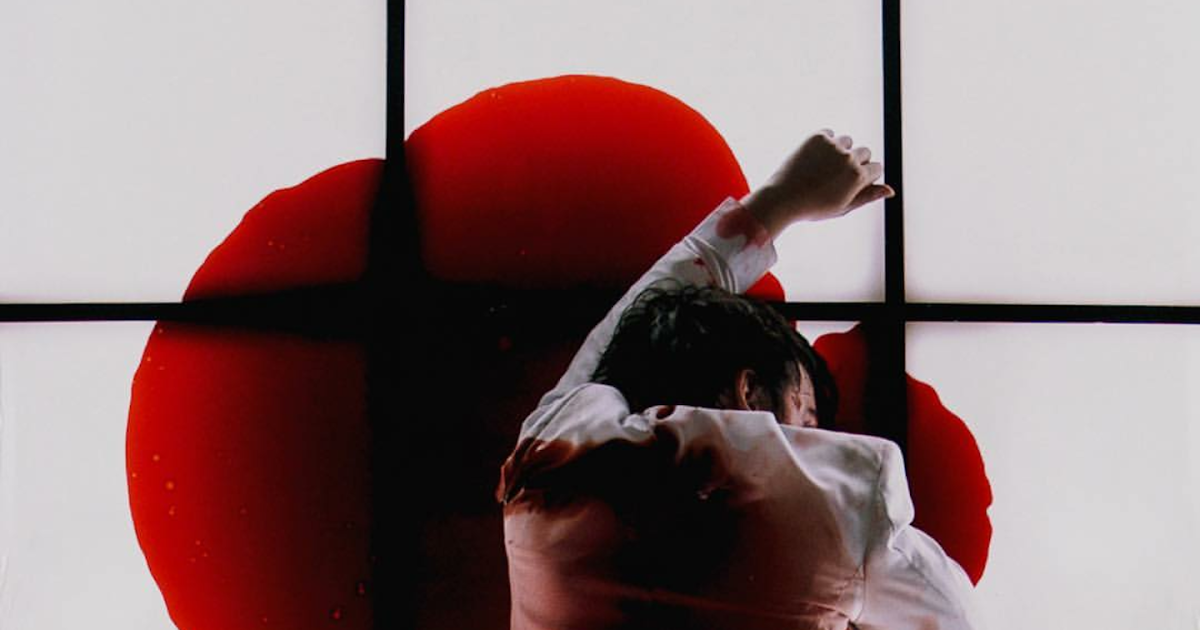How to teach maypole dancing
Maypole Dance Steps
You've got your Maypole and now you need some music and some ideas about the dance.
The Maypole Dance
Download this page as a .pdf document (you will be asked for your email address).
Hide
We respect your privacy . More › ›
The Performance
The Maypole Dance is often done as part of a performance so an element of display might be appropriate. For example, the dancers might form into a circle around the maypole and then, when the music starts, move forwards to collect their ribbon. The step to use for music based on jigs or reels is a lilting walk or skip. For hornpipe rhythms use a step-hop-step-hop alternating from one foot to the other. For waltz-time music, take 3 even paces for each waltz bar of music.
The Introductory Dance
In its most simple form, the dancers simply stand in a circle around the maypole and, in time with the music, take 4 steps towards the maypole, 4 steps back and the circle for a count of 8. As they approach the maypole they can raise their arms, and then lower them as they back away.
The First Plaiting Dance
The next level of complexity is for the dancers to attach ribbons to the top of the maypole. Most maypoles have a static (non-rotating) crown so the ribbons plait onto the maypole as the dancers circle around. This is called a closed plait. Dances where the ribbons plait away from the maypole, such as The Gypsies' Tent, are called open plaits.
To get used to using the ribbons, make sure that all the dancers are facing in the same direction and holding their ribbon in their right hands. The left hand simply gathers up the excess ribbon. Now start the music and all dance around the maypole in the same direction without overtaking. Eventually there is no length of ribbon left as it has become wrapped around the maypole, at which time the order is given to reverse your steps and unwind the maypole. If you unwind without any knots you have successfully completed your first plaiting dance.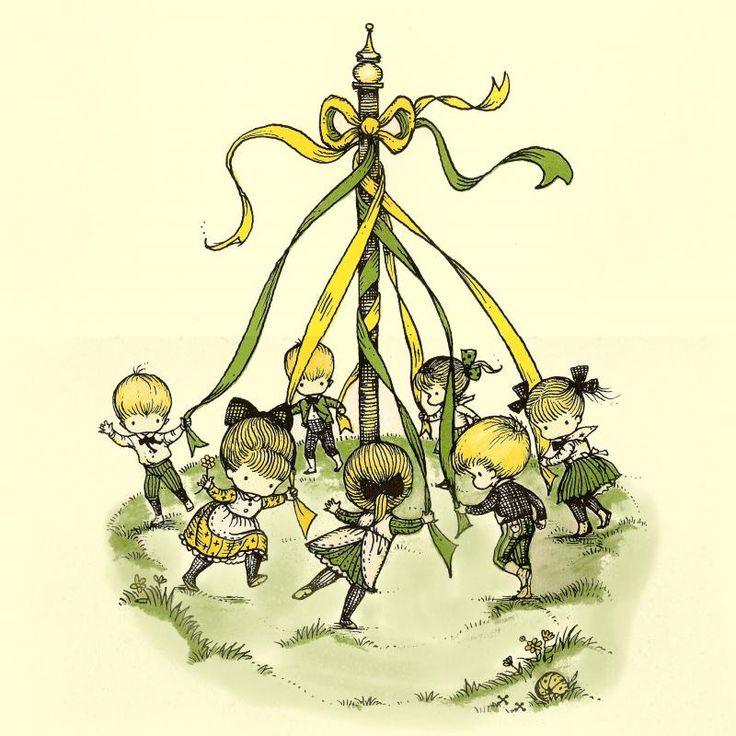
The Grand Chain
The next dance requires you to divide into 2 groups of equal numbers. Members of Team A should partner Members of Team B. Make sure that As and Bs are spaced alternately around the maypole with each Team A dancer facing one from Team B and then start the music. Each of Team A should pass right shoulder with their first Team B dancer and then left with the next (do not turn back on yourself), carrying on alternately until the ribbons are again exhausted. As dancers pass each other, they should raise and lower their right arm rhythmically to guide the ribbon over the other dancer. To unwind, remember to retrace your steps accurately, passing your last dancer first and then alternate shoulders until the ribbons unwind. Make sure that everyone dances at a constant pace and that no one overtakes. You have now completed your second ribbon dance. You can vary the dance by having pairs (or more) of dancers, joined arm-in-arm, weave in each direction together.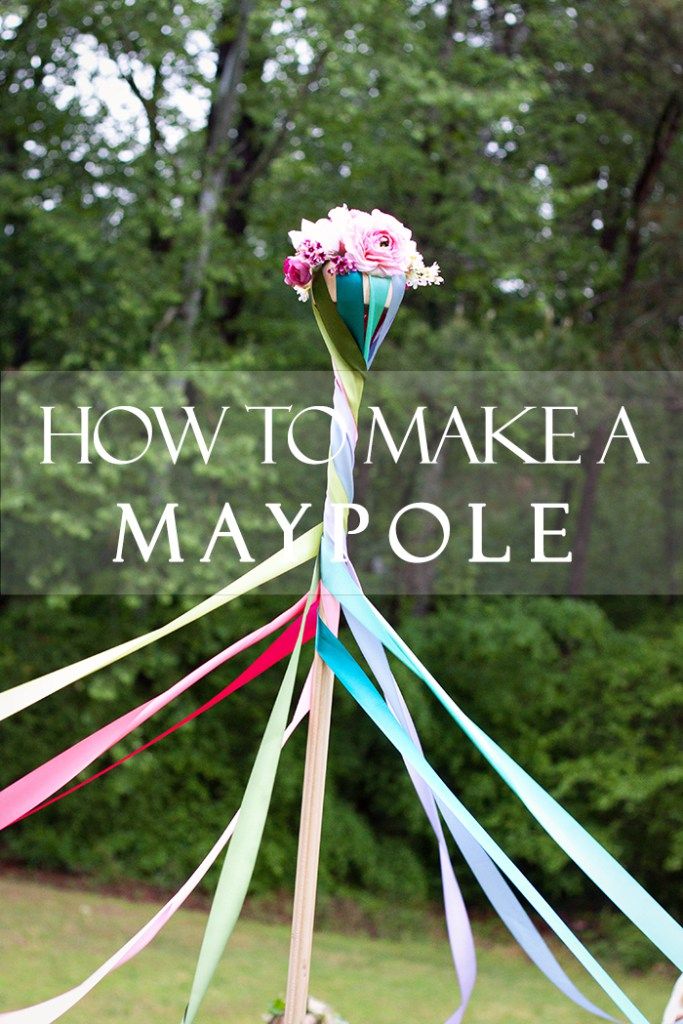
In each case, look at the beautiful pattern that you have made on the maypole during the dance.
The Gypsies' Tent
In this dance you will make a web or tent that builds from the top of the maypole outwards away from the pole (an open plait). Each Team A dancer stands beside their Team B partner. When the music starts, Team B stands still and their Team A partner dances around them and then weaves to the right around the next Team B dancer, then back again round their own partner, then on to the Team B dancer to the left, and finally back to their own partner. To unwind, simply reverse the moves. See picture.
There are many variants of this dance, with each team taking a turn to move or with one team passing two of the other team before dancing around them. You can easily experiment but remember that the goal is to be able to unwind cleanly after you have used up all of the ribbons during the wind up.
English Folk Dance and Song Society
Maypoles are often considered to be quintessentially English, but maypoles actually exist in more than a dozen different countries around Europe, South and Central America.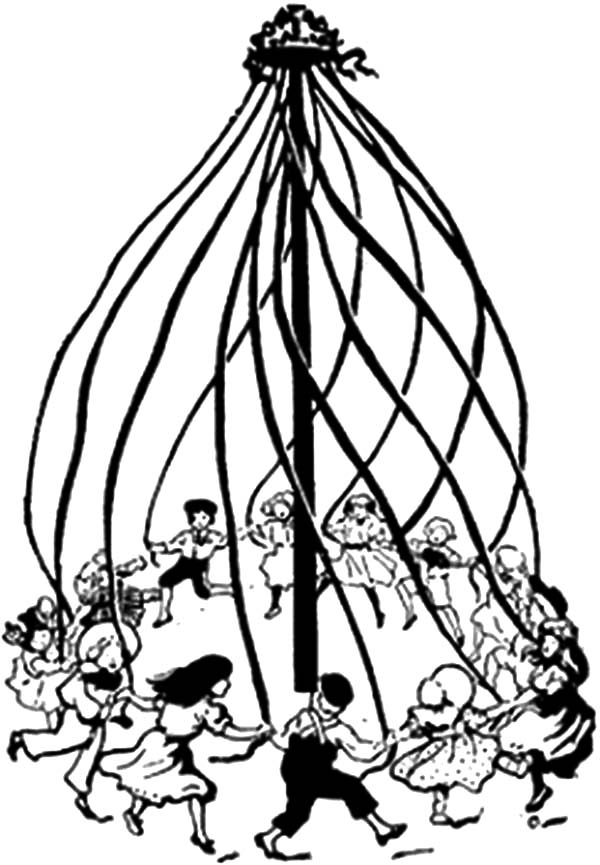 They go back hundreds of years although the earliest versions with ribbons didn’t appear until the late 18th century. So, whatever you do with a Maypole you are linking into a vibrant multi-cultural living tradition. Here are a few more reasons and a couple of dances to try.
They go back hundreds of years although the earliest versions with ribbons didn’t appear until the late 18th century. So, whatever you do with a Maypole you are linking into a vibrant multi-cultural living tradition. Here are a few more reasons and a couple of dances to try.
Enjoyment
The best reason we know for Maypole Dancing is that it is fun to do, great for all ages and abilities, and visually pleasing for those watching. People enjoy trying the dances and the teacher’s job becomes one of harnessing enthusiasm. Learning takes place automatically and teamwork becomes instinctive as the dancers realise that they have to work together to get results. While many people think Maypole is just for children, most adults love to have a go!
Three Dimensions
Because a Maypole is a three dimensional tool it takes learning into a different environment and children get a chance to think and learn away from the formal classroom environment. It is also one of the few forms of dance where the focus is not on the dancers but on the patterns and the ribbons and the dances can be adapted to suit the abilities and fitness of the group.![]()
A Cross-Curricular Tool
There are various cross curricular links such as Science, Art & Design, Sport & PE and Music which can be explored alongside Maypole dancing. In many cases these will emerge naturally but more details can be found in The Maypole Manual.
Cultural Heritage
We start from the point of Maypoles being part of our cultural heritage but that this is shared. The Maypole is not unique to England and similar activities can be found around the globe. Even more common is the idea of seasonal celebrations so that once again the Maypole becomes the starting point rather than the end product.
A Visual Artform
Because the Maypole can be seen, it can easily become the focus of activities at summer fetes and the like, and including Maypole Dancing in these events then becomes a tradition. Better still, because it is so visible and relatively cheap compared to other pieces of equipment, raising funds for a new Maypole or to enhance the existing tradition becomes much easier for any school or group.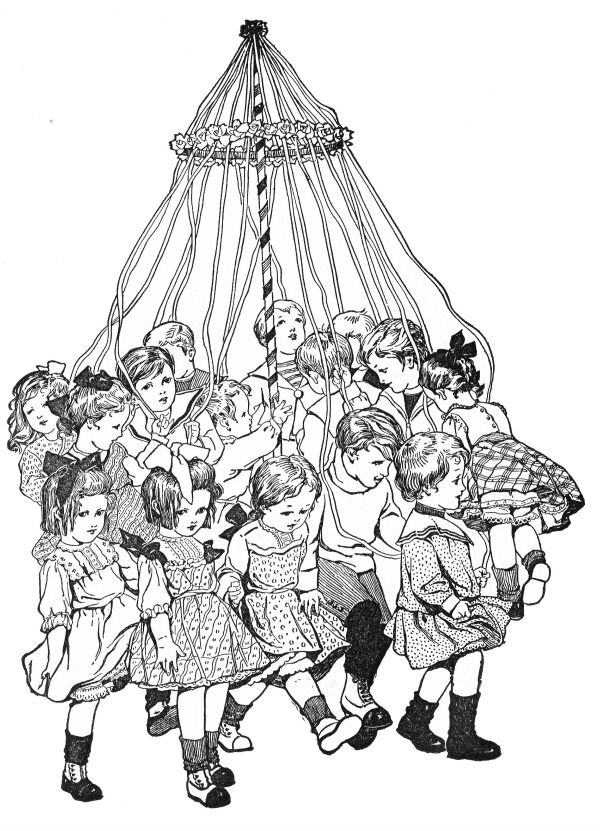
Sample Dance: The Chrysanthemum
A very simple dance with only one-quarter of the dancers moving at any one time. Works particularly well for a disparity of ages, uneven numbers, and differently abled dancers.
PDF instructions
Suitable audio: West Country Polkas (8 x 32 bar Polkas)
Sample Dance: Twister
Dancers in turn change places with the dancer opposite them on the other side of the pole, creating two spiral plaits. Fun to dance and visually stunning.
PDF instructions
Suitable audio: Jigs with a Twist (9 x 32 bar Jigs)
This resource (PDF, audio and website content) can be used and shared free of charge for non-commercial educational use only. Permission must be sought from Mike Ruff and EFDSS for any other use of this material.
The sample dances given here are taken from The Maypole Manual, by kind permission of the authors Mike Ruff and Jenny Read.
Sample audio tracks are taken from the accompanying CD, by kind permission of the band Quicksilver (Chris Haigh, fiddle / Mike Ruff, accordion and recorders / Bernard O’Neill, electric and acoustic bass / Graeme Taylor, guitar / Andy Dewar, drums).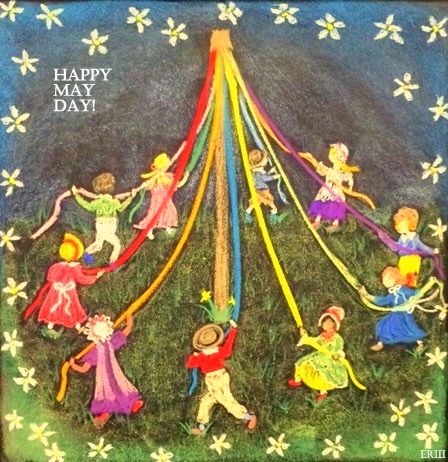
More information and copies of this and other publications are available at mikeruffmusic.co.uk
Buy the Manual and CD from our Folk Shop
May Tree at Vyborg Castle (Vyborg) on 31 May 2008
Date
Saturday 31 May 2008 — Sunday 1 June 2008
Location
Vyborg Castle
Leningrad region, Vyborg, 188800, Russian Federation
Tel: +7 (813) 782-15-15
Web: http://lenoblmus.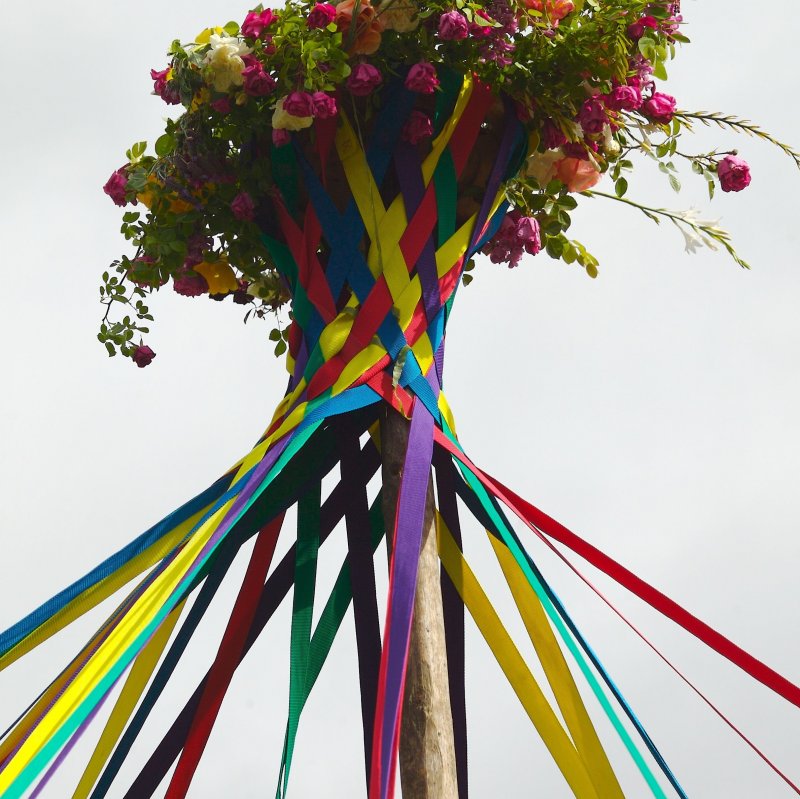 ru/museum/vyborgskiy_zamok
ru/museum/vyborgskiy_zamok
Show on map
Link
http://maytree.narod.ru
Description
11 May Tree festival in Vyborg Castle May 31 from 13.00 to 05.00
Eleven years we are celebrating the May Tree festival!
It has already become a tradition to gather together in the Vyborg Castle, in honor of the arrival of spring, weave wreaths, listen to music and dance, continuing the traditions of the distant Middle Ages.
During this time, more than fifty musical groups performed at the festival, and the audience even come from Vladivostok!
This year the festival traditionally opens with the solemn establishment of the symbol of spring - the Maypole! All day long there will be music and dancing in the castle, funny competitions, an archery tournament, a costume show, demonstration performances of dance schools, a medieval performance by the dance and juggling studio R osa V entorum, a dance master class.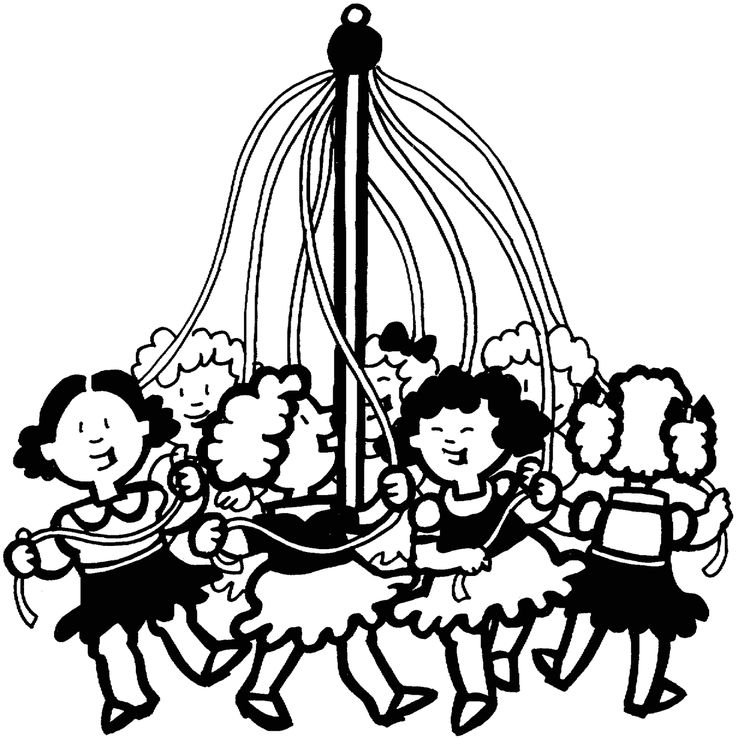
At the "Fair of Masters" craftsmen from different cities will gather to present their creations to you, which you can see, buy and wear immediately;)
From dusk to dawn, a medieval castle will come to life, music will be carried, dances will be lit, torches will burn, There will be a holiday "Maytree"!
Traditionally, the day part of the festival is called “Masters' Fair”. After all, it was the fair that gathered people, not only for trade, but also for festivities, songs, and dances. So, the occasion of exchanging money for goods turned into a real holiday!
As in ancient medieval times, the holiday will be opened by the appearance of the symbol of spring - the Maypole, which, according to tradition, will be decorated with colorful ribbons.
All day long there will be music and dancing in the castle, funny contests, folk rituals associated with the Maypole holiday.
There will be a traditional show of costumes from different historical eras, in which participants will present not only their clothes, but also demonstrate their vocal or dance talents!
For everyone who wants to learn how to dance medieval and folk Scottish and Irish dances, a master class will be held.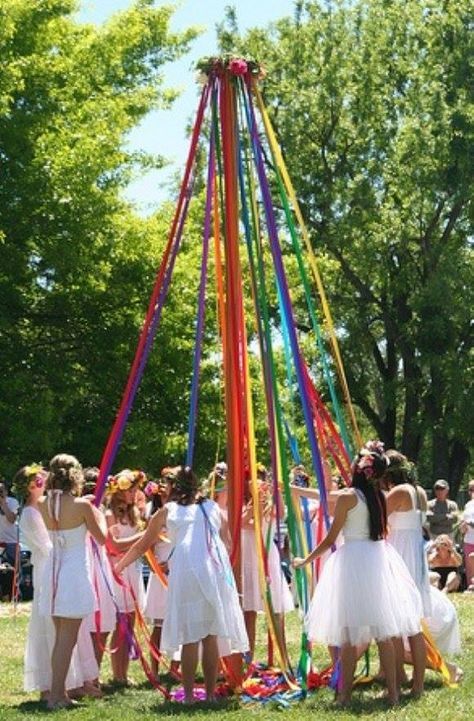
The most marked archers will compete in a traditional tournament.
And the craftsmen will present you with medieval and ethnic jewelry and souvenirs, cups and clothes…
All day and all night long, the ancient Maypole holiday so beloved by all the peoples of Europe will go on for you.
And when it gets dark, you will plunge into the real atmosphere of the Middle Ages - Vyborg Castle, lit by torches, participants in ancient costumes, dancers dancing to the music.
Fierce battles on the torches of Russian warriors and a grandiose fire show will take place before your eyes!
All day and all night musicians from St. Petersburg, Moscow, Perm, Vyborg and Minsk will play for you!
From dusk to dawn, a medieval castle will come to life, music will be heard, there will be dancing, torches will burn, there will be a May Tree holiday!
Crafts Fair in the lower courtyard (next to the main stage) from 13.00 to 21.00
Archery tournament in the upper courtyard from 16. 00 to 17.00
00 to 17.00
Dance workshop in the lower courtyard (next to the main stage) from 18.30 to 19.00
Maypole King and Queen competition in the lower courtyard (main stage) 20.30
Event added by -huk-History of the Maypole dance
The Maypole dance is a spring ritual long known to Western Europeans. Usually held on May 1 (May Day), a folk custom is made around a pole decorated with flowers and a ribbon symbolizing a tree. The Maypole tradition, practiced for generations in countries such as Germany and England, dates back to dances that ancient people used around real trees in hopes of reaping a big harvest.
Today the dance is still practiced and has a special meaning for pagans, including Wiccans, who followed the same customs as their ancestors. But people, both new and old, may not know the complex roots of this simple ritual.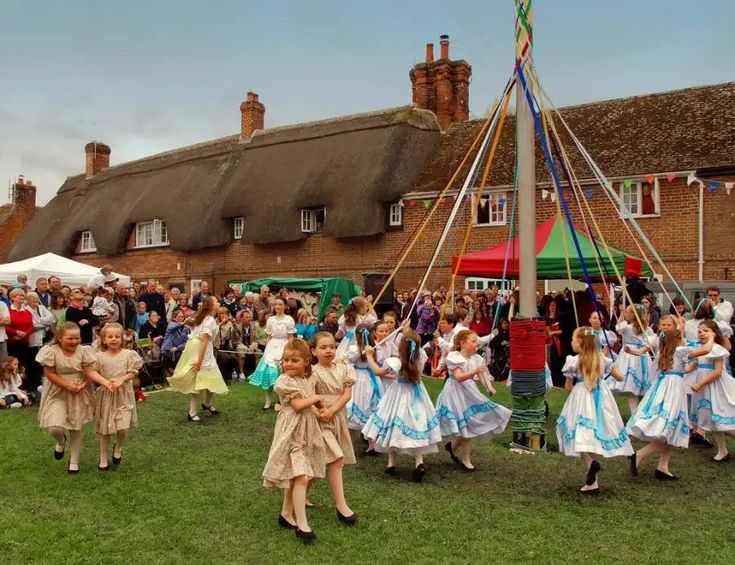 The history of the maypole dance shows that the custom arose as a result of many events.
The history of the maypole dance shows that the custom arose as a result of many events.
A tradition of Germany, Great Britain and Rome
Historians suggest that the Maypole dance originated in Germany and came to the British Isles through the invasion forces. In the UK the dance has become part of a fertility ritual held every spring in some areas. By the Middle Ages, Maypole celebrations were held annually in most villages. In the countryside, the maypole was usually planted on the village green, but in some places, including some city blocks in London, there was a permanent pole that remained awake all year round.
However, the ritual was also popular in ancient Rome. The late Oxford professor and anthropologist E. James discusses Maypole's connection to Roman traditions in his 1962 paper. The Influence of Folklore on the History of Religion. ' James suggests that the trees were stripped of their leaves and limbs and then adorned with garlands of ivy, vines and flowers as part of the Roman spring celebrations.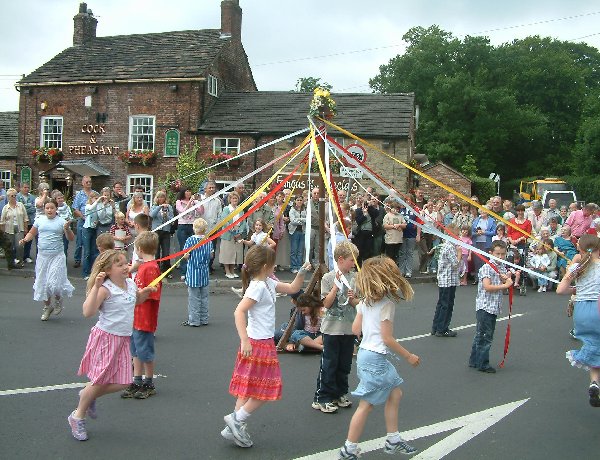 It may have been part of the Floralia festival which began on April 28th. Other theories include that the trees or poles were wrapped in violets as a tribute to the mythological couple. Attis and Cybele.
It may have been part of the Floralia festival which began on April 28th. Other theories include that the trees or poles were wrapped in violets as a tribute to the mythological couple. Attis and Cybele.
The Puritan Effect on the Maypole
In the British Isles, the Maypole celebration usually took place the next morning. Beltane , celebrating the meeting of spring with a big bonfire . When couples performed the maypole dance, they usually came staggering from the fields, dressed in disorder and with straw in their hair after a full night. making love. This led the 17th century Puritans to denounce the use of the Maypole in celebration; after all, it was a gigantic phallic symbol in the middle of the village green.
Maypole in the USA
When the British settled in the US, they brought the maypole tradition with them. In Plymouth, Massachusetts, in 1627, a man named Thomas Morton set up a giant maypole in his field, brewed a batch of hearty honey, and invited the country girls to frolic with him. His neighbors were shocked, and the leader of Plymouth, Miles Standish himself, came to interrupt the sinful festivities. Morton later shared a bawdy song that accompanied his Maypole binge, which included the lines,
His neighbors were shocked, and the leader of Plymouth, Miles Standish himself, came to interrupt the sinful festivities. Morton later shared a bawdy song that accompanied his Maypole binge, which included the lines,
“Drink and be merry, merry, merry boys,
May all your joy be in the joys of the Hymen.
Lo to the Hymen, now the day has come,
about the gay Maypole rent a room.
Make green garlands, bring bottles,
and freely pour sweet nectar.
Open your head and fear no evil,
for here is a good liquor to keep you warm.
Then drink and be merry, merry, merry boys
May all your joy be in the joys of the hymen.”
Revival of the tradition
In England and the USA, the Puritans succeeded in suppressing the Maypole celebration for about two centuries.